Chimeric Antigen Receptor (CAR)-T cells are a promising cancer therapy that are made from the patient's own T cells, which are reprogrammed to fight their cancer. One of the limitations of CAR-T cell therapy is the ability of these cells to survive long enough to target the entire tumor.

|
Scooped by
BigField GEG Tech
onto Genetic Engineering Publications - GEG Tech top picks July 10, 6:44 AM
|





 Your new post is loading...
Your new post is loading...
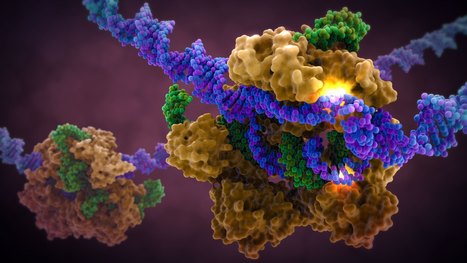




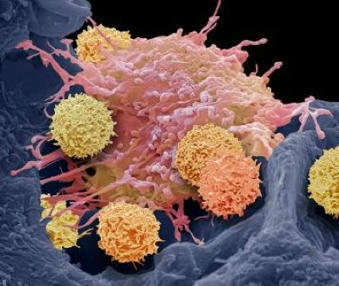



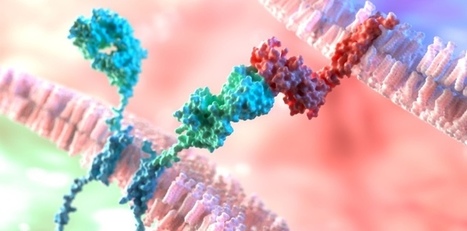





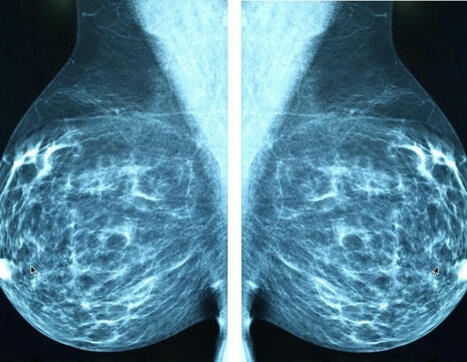

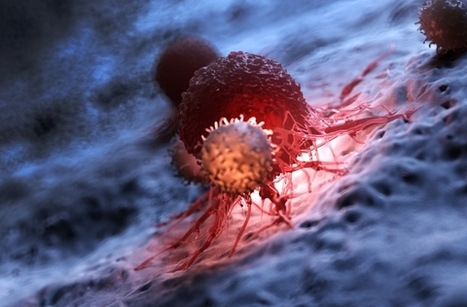
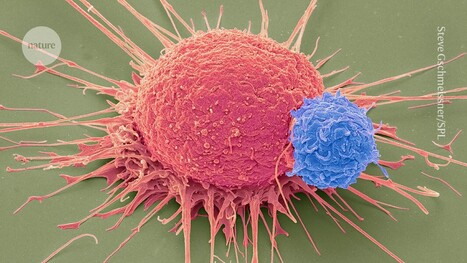



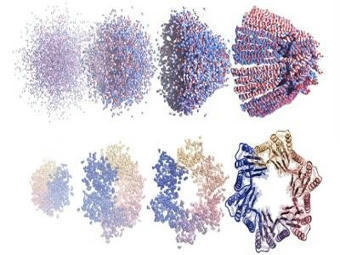





Chimeric Antigen Receptor (CAR)-T cells have revolutionized cancer therapy, by reprogramming the patient’s own T cells to fight their cancer. Yet, one current limitation is that CAR-T cells don’t survive long enough to target the whole tumor. To that effect, researchers from Massachusetts General Hospital have introduced a novel approach to enhance CAR T-cell therapy for solid tumors by improving T-cell survival and persistence. They engineered CAR T-cells to be resistant to interferon-gamma (IFN-γ) signaling by knocking out the IFN-γ receptor (IFNGR) using CRISPR-Cas9. This modification allows the cells to maintain their tumor-killing capabilities, enabled by IFN-γ, while reducing activation-induced cell death, leading to prolonged survival and expansion. In preclinical murine models, these IFNGR-deficient CAR T-cells demonstrated enhanced efficacy against solid tumors without compromising safety. This advancement addresses a significant hurdle in solid tumor immunotherapy, offering a promising strategy to improve the durability and effectiveness of CAR T-cell treatments.